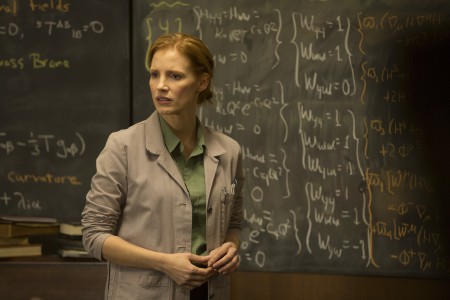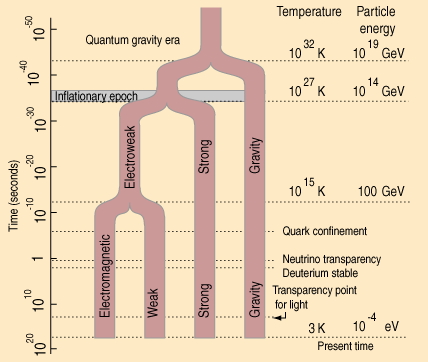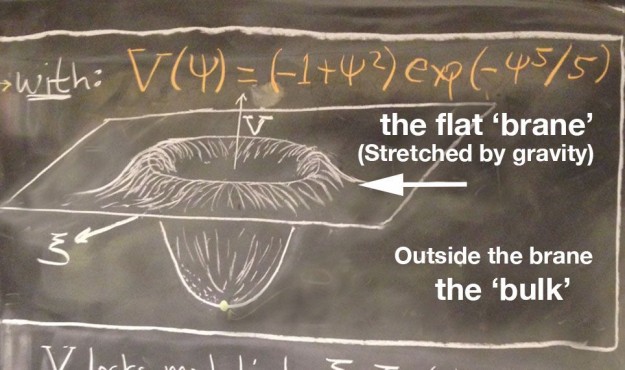Sequel of the preceding post The Warped Science of Interstellar (5/6)
In november 2014, the Hollywood blockbuster and science-fiction movie Interstellar was released on screens and much mediatic excitation arose about it.
This is the last one of a series of 6 posts devoted to the analysis of some of the scientific aspects of the film, adapted from a paper I published last spring in Inference : International Review of Science.

The final equation
At the very end of the film, the scientist’s character called Murph begins to write an equation aimed to solve the problem of the incompatibility between general relativity and quantum mechanics. We can see blackboards covered by diagrams and equations supposed to be a possible way to the « ultimate equation » of a so-called « Theory Of Everything ». If discovered by the scientists, it would eventually help to solve all the problems of humanity. I will not discuss the naivety of such a view, but briefly discuss the question whether the equations on the screen have any meaning.

At first sight we can doubt because the unification of general relativity and quantum mechanics remains unsolved – even if various approaches, such as the loop quantum gravity[1], the string theory[2] (of which the Randall-Sundrum model referred above is a very particular solution) or the non-commutative geometry[3], are intensively explored by theoretical physicists all around the world. Continue reading The Warped Science of Interstellar (6/6) : the final equation
